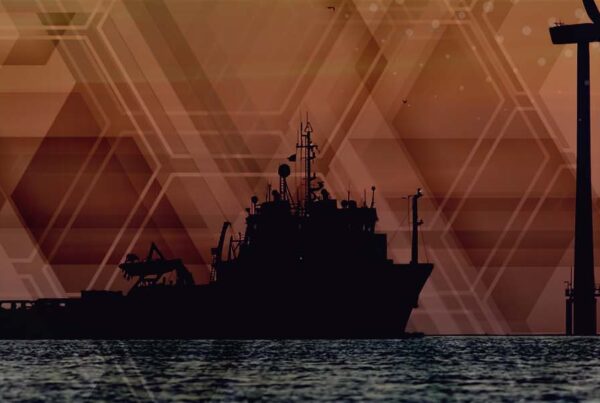Douglas-Westwood’s (DW) NEW publication the North Sea Decommissioning Market Forecast 2016-2040 provides detailed analysis of the amount of infrastructure that needs to be removed in the North Sea over the next 25 years and the associated expenditure. The forecast splits cost into two different scenarios, one which assumes that decommissioning will continue to be carried out using current methods and Heavy Lift Vessels (HLVs), while the other (Scenario 2) assesses the potential impact that the Pioneering Spirit and other Single Lift Vessels (SLVs) that follow it could have on the forecast. Overall, Scenario 2 could offer major cost savings of around $12 billion (bn), but only if it is accepted by the industry. DW forecasts Scenario 1 expenditure of around $82bn compared to $70bn in Scenario 2.
Author, Ben Wilby, commented, “The potential impact of utilising SLVs is huge, with costs savings that will equate to billions of pounds. This is because it will be possible to complete offshore work in one trip, as opposed to the time consuming reverse installation method that pushes costs up. This will all depend on how successful Allseas’ Pioneering Spirit SLV is.
“In the UK over the 2019-2026 period, we will see the removal of 144 platforms – 51% of all platform removals in the UK over the forecast period. The UK will retain a high level of spend to 2040, accounting for well over 50% of the market in both scenarios. Spend will reach almost $51bn in Scenario 1 and $44bn in Scenario 2.
“The low oil price environment and age of platforms in the UK are the main drivers of activity. Operators pushed small fields long past their intended life when oil prices were high, which required life extension techniques that no longer make economic sense. Due to the lack of significant improvement (to pre-2014 levels) expected in the oil price over the next five years, operators will instead cease production and begin decommissioning preparations. This will start earliest in the UK, with Norwegian decommissioning activity peaking after 2030..”
Research Director and Editor, Steve Robertson, further commented, “Denmark will also contribute to spend over the forecast, though it will differ from that of the UK and Norwayowing to the much smaller volume of infrastructure to be decommissioned. Spend in Denmark will reach $4.8bn in Scenario 1 and $3.9bn in Scenario 2.
“The decommissioning of North Sea infrastructure presents a sizable opportunity for the specialist decommissioning firms that can work in the harsh environment offshore and can also handle the essential requirements from operators to complete decommissioning projects in a safe and cost effective manner.”
Significant opportunity for decommissioning work in the North Sea



